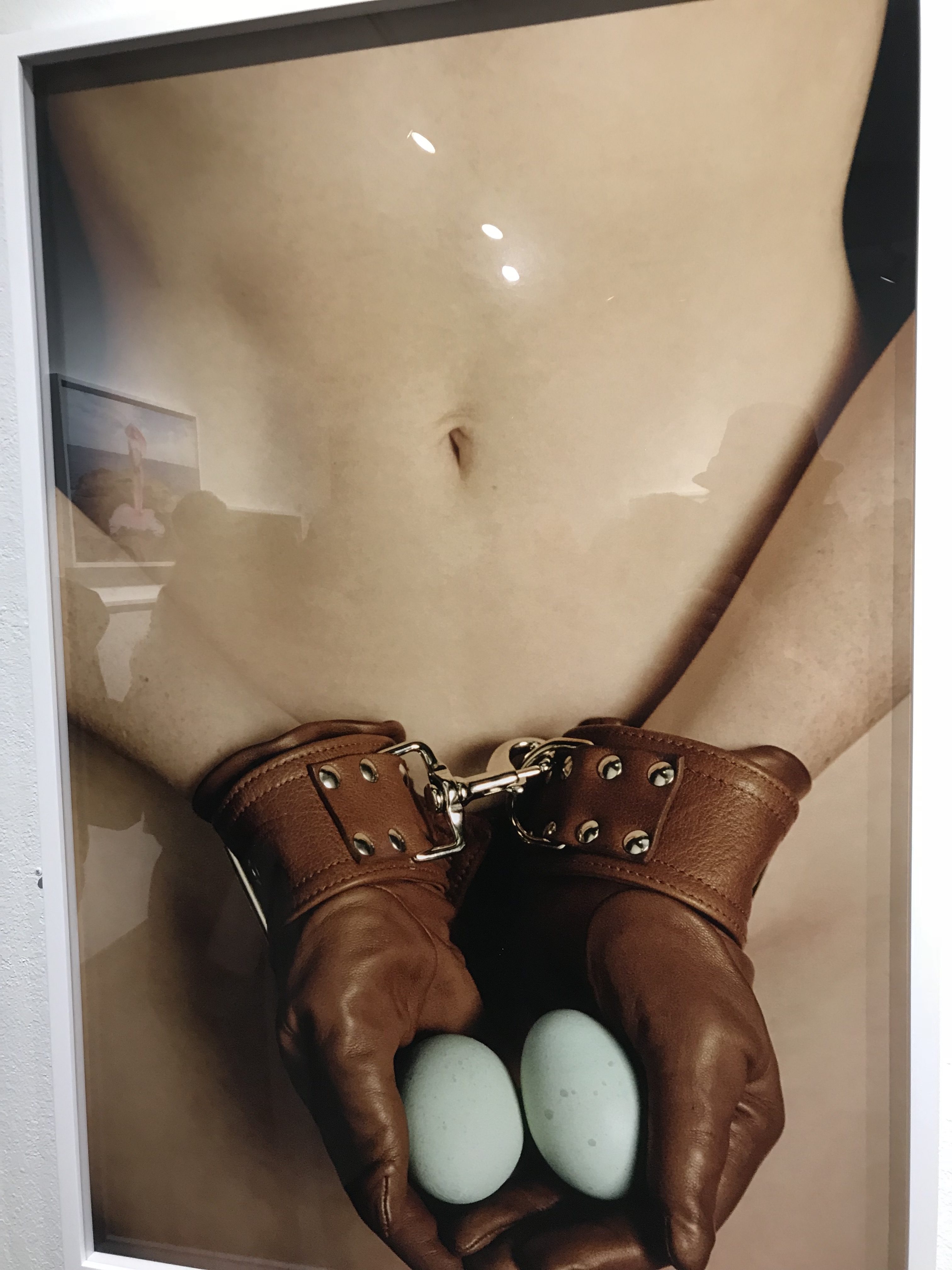
‘Future Feminine’ @ The Fahey/Klein Gallery
Future Feminine Art Review @ The Fahey/Klein Gallery
The Fahey/Klein Gallery had a massive art party Saturday night which no doubt was assuaged by the conjointly held “Women’s March” the same day. The emphasis here was on photographic depictions of the feminine form, but most intriguing was the direction in which feminism was being directed. I can’t help but juxtapose this exhibition with the Female French Impressionist exhibition in Denver in early December to help comparatively articulate the stark change in culture.
And as I found as an elixir in Denver, femininity was oriented toward, essentially, love. It was toward crafting a nurturing and enduring historical reality for humans to habituate, as seen in the raw depictions of maternity and perfunctory vivacity which escapes the grandiose-tinted mind’s eyes of men. In this exhibition, however, while we have a celebratory verve of feminine independence, we also have traces of stereotypical causticity and antagonism toward the male sex – which is typical of the culturally inherited radical, i.e. Marxian, feminism; where world history is that of quarreling over transient materialism; that there is no spiritual depth to human history, which is prima facie absurd judging by the architectonics of religion and its influence on the means of production in world history. (Conveniently to Marxism of course, religion is subservient to and an output of the materialism via the chimerical “superstructure”.)
To be fair, none of the works are overtly violent towards men as would typify a radical feminist cultural project. The artwork that comes closest, Velvet Moon 3, resembles more consistently a rebelliousness towards the world which inhibits self-expression; the absence of masculinity is logical because of its archetypical dominant nature, i.e. patriarchy.
The tolerance, nay acceptance, for individuation is a worthwhile goal for expansion in society, yet there must be an appreciation that not all individualities can be positive, lest we bring up an animal such as Charles Manson to emphasize the world is filled with shades of grey. Chaos and the liberty for self-expression must be balanced with order and tilting that expression in a positive, universally life-affirming manner.
This rebelliousness against, rather than celebration of, nature may be intepreted dramatically with 7 Types of Love, Pragma 1.
We have a woman gently handcuffed bearing two eggs in her palms. There is certainly a metaphor toward male testes, especially with the anatomical placement and shape of the eggs, as well as the external exhibition. At first, I found the usage of eggs to be a gesture of envy, of wishing the female had her sexual organs external and was pantomiming in an effort to rebel in a mode of self-delusion. Instead, her hands are representationally tied, submissive to the human sex that has a pair. But is this a challenge to the radical feminist project? Of disagreeing with the cultural efforts at dominating the male sex as per the intellectually genealogically rooted master-slave dialectic? The gloved open-hands may even connote an appreciation and satiation in the act of submission! If it does connote it, it must be codified so cryptically it cannot use explicitly fetish apparel to express the submissive act; lest the appreciation be exploited by the opposite sex as it routinely is, or shamed by other girls because that’s the wrong way to think and to behave.
Where she acts more domineering rather than submitting is in pleasuring herself with controlling the hands of a man in 7 Types of Love, Storage. This resembles radical feminism and its disdain for biologically heterosexual intercourse which was deemed violent by Andrea Dworkin, for instance. Leaving aside the mutual benefit of sexual intercourse that is absent in this work, we have a woman that is pleasing herself solely. Perhaps it may be a critique on the historical treatment of women as sexual objects solely for male pleasure, but do two wrongs make a right?
Love is formidably absent, and is ironically seen as nothing more than a crude shiny heart-shaped object held materially opposite the breast where the true heart resides within. This irony is an unintentional commentary on how synthetic sexual relations have become, with no inkling of it serving a purpose greater than the two participants: of bearing the future world through giving birth to posterity.
This speaks more generally with the artwork exhibited, as women’s liberation commonly reduces to the infantile mode of living life: that the mass female eschews responsibility and aspires to prolong her childhood in perpetuity.
Most of the women depicted in the exhibit celebrating their liberation from the birth cycle of human life would, in a different era, already have their feet firmly planted in building a better world for the sake of their children. Here though, they are the children, albeit sexually mature, focusing on improving their lot alone and not creating love and life for humanity.
It is a fallacy to think of a more appropriate direction for the representation of women’s sexual liberation as more aspirationally material, i.e. to dream of women as titans of industry. As that necessarily is interfering with the historical domain of men, but regardless it does not promote, once more, love – which necessarily entails a pleasure for living live. It’s no wonder many educated women have seen the vestiges of the repercussions of living a conceited lifestyle which uniformly ends in mortifying loneliness now opting to live their life more harmoniously with nature rather than constantly belligerently with men. While we still see traces of radical feminism in this exhibition, there is a glimmer of hope, of cognizance that the two sexes were meant to be one with each other rather than against. Here’s, then, to future feminine!

